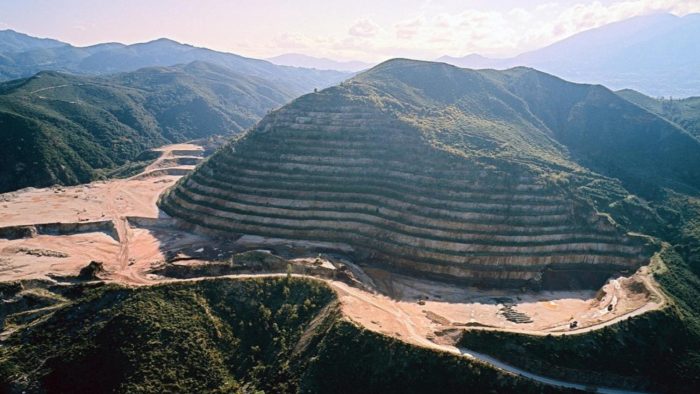Our industry’s impact on nature is a key focus for us, and efforts to conserve
and reduce our impact have been undertaken for many years – we have a longstanding commitment to nature.
Our efforts continue to increase, particularly in light of COP15 and the adoption of the Kunming-Montreal Global Biodiversity Framework (GBF), which set out an ambitious pathway to reach the global vision of a world living in harmony with nature by 2050.

Our concept and definitions of nature have expanded from biodiversity and quarry rehabilitation to encompass much broader areas, such as land, ocean, freshwater, climate change, atmosphere, ecosystems, circularity, as well as overall business operations, including both upstream and downstream activities.
On behalf of the industry, the GCCA has set up a dedicated Nature Task Group, which helps the sector stay ahead of the curve and align with the latest trends in the field of nature conservation and discussion on key topics such as GRI standards for biodiversity, TNFD and WEF Cement and Concrete Sector report.
Commitment to Biodiversity
In addition, GCCA members are committed towards the achievement of Net Positive Impact in their cement, concrete and aggregates operations. Good practices on land stewardship and biodiversity are embedded into the GCCA Sustainability Charter and the principles of the Sustainable Development Goals into our actions, outlining four specific actions:
- Formulate and execute effective and progressive Quarry Rehabilitation Plans (QRP) and Biodiversity Management Plans (see GCCA Sustainability Guidelines for Quarry Rehabilitation and Biodiversity Management.) These deliver significant environmental and social benefits to the environment around our operations.
- Track, monitor, report, and establish assurance of information through Key Performance Indicators, that provide valuable, reliable, easy-to-understand and verifiable information. This allows comparison and measurement of progress (see GCCA Sustainability Guidelines for Quarry Rehabilitation and Biodiversity Management.)
- Highlight concrete’s strong sustainability characteristics, such as high versatility with infinite mixes and shapes, which enables utilisation in the most material efficient manner aligned with Nature Based Solution initiatives.
- Work in partnership to scale up efforts, building close ties with civil society organisations including national, regional and local governments, NGOs, local communities, academia, peers of the cement, concrete and aggregate sector, as well as other industry sectors, to ensure measures are appropriate and deliver the best outcomes.